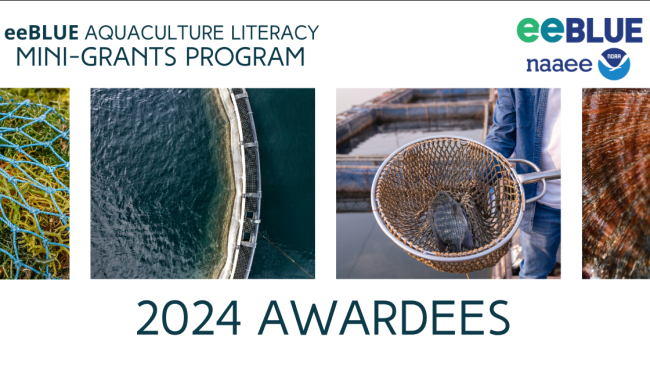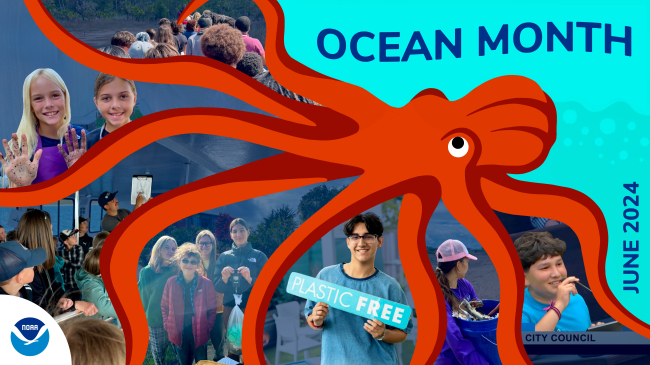Coastlines across the nation are facing increasing threats due to climate change, including severe storms and sea level rise. New York City is no stranger to these risks, as many coastal neighborhoods are still recovering from Superstorm Sandy in 2012, which left many residents without power, clean water, and other critical resources. Thanks to a second round of funding from NOAA’s Environmental Literacy Program, which supports projects that develop the environmental literacy necessary for communities to take actions that build resilience to extreme weather and climate change, the National Wildlife Federation’s Resilient Schools Consortium (RiSC) program offsite link is helping New York City coastal neighborhoods become more resilient to these future climate hazards.

Students from New York City schools plant American beach grass at Coney Island Creek Park which protects the shoreline from storm surge and flooding. (Image credit: Maggie Allen, NOAA Office of Education)




